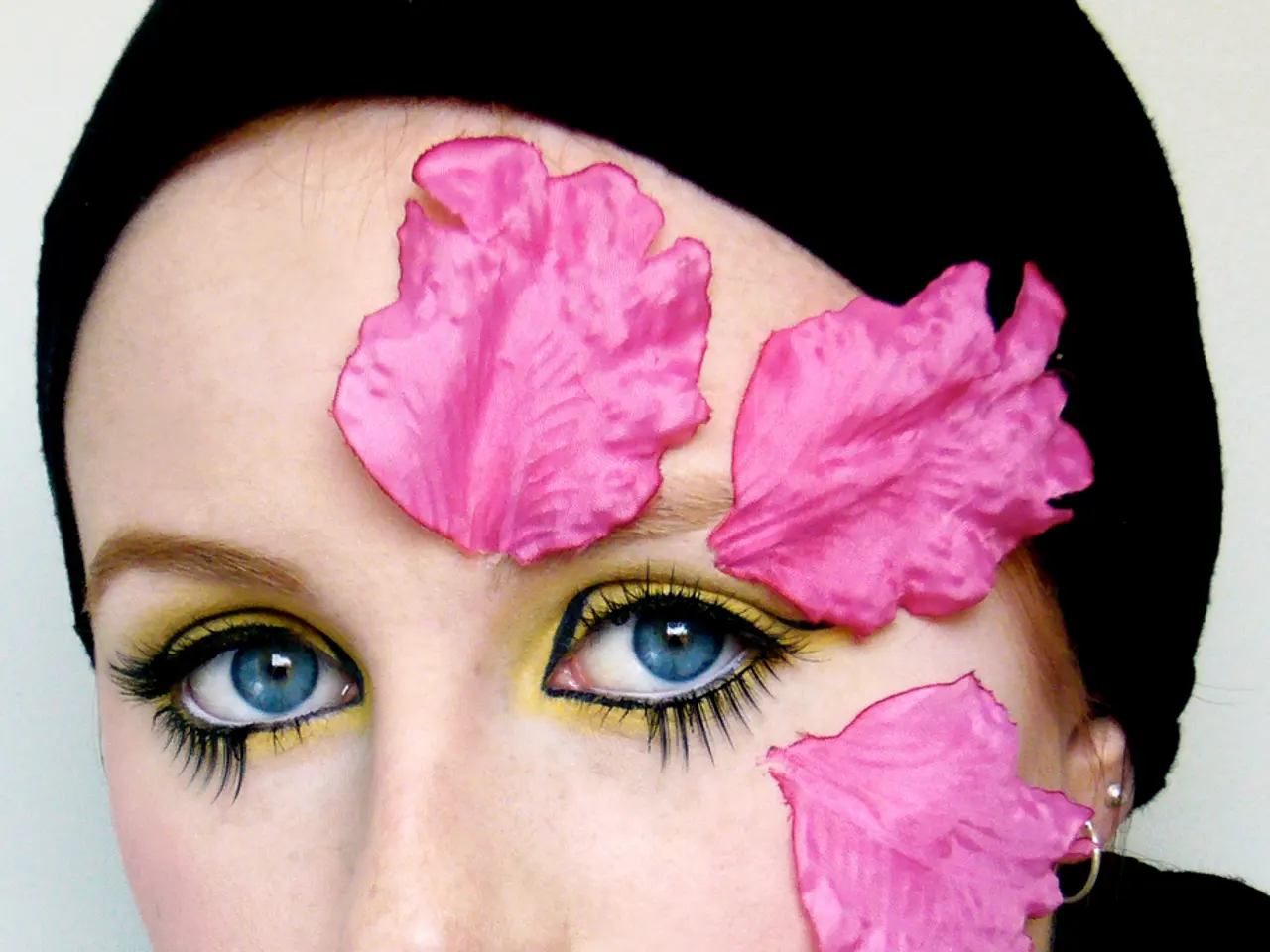Vitiligo Across Races: Occurrence, Causes, and Insights
Vitiligo, a condition characterised by patches of light or white skin, can have far-reaching effects beyond just physical appearance. This autoimmune disorder, which may cause a person's immune system to attack their melanocytes, significantly impacts emotional well-being across different racial groups and ethnicities.
People with darker skin tones often experience more visible symptoms, which can intensify feelings of stigma, low self-esteem, social anxiety, and depression. In fact, studies show that more than 50% of vitiligo patients show signs of depression, over 60% experience anxiety or emotional withdrawal, and about 63% of people of color face mental health deterioration due to social challenges, including greater stigma and less access to effective camouflage treatments.
Cultural factors also play a significant role in the emotional impact of vitiligo. In South Asia, for instance, the condition is often stigmatised with myths linking it to karma or poor hygiene, which can worsen social exclusion, especially for women in marriage markets and children at school. Globally, vitiligo-related psychological distress includes fear of judgment, bullying, isolation, and guilt about potential genetic transmission to offspring.
While the exact cause of vitiligo remains unknown, it's important to note that there is currently no cure for the condition. However, various treatments are available to ease symptoms. These include topical medication, light treatment, PUVA light therapy, surgery, depigmentation, calcineurin inhibitors, and more. The reaction to these treatments can depend on the type of vitiligo and its progression.
Vitiligo can manifest in two main types: nonsegmental and segmental. Nonsegmental vitiligo, the most common form, appears on both sides of a person's body, often developing on the hands, feet, or around the eyes or mouth. Segmental vitiligo, on the other hand, appears on just one area of the body, such as an arm or the face.
Interestingly, approximately 15-25% of people with vitiligo have an additional autoimmune disorder, including type 1 diabetes, psoriasis, pernicious anemia, Addison's disease, systemic lupus erythematosus, and autoimmune thyroid disease.
In summary, while vitiligo adversely affects emotional well-being universally, racial and cultural differences modulate the severity and social consequences. People with darker skin tones often experience more visible symptoms that exacerbate psychological distress, and cultural stigma varies widely by community. It's crucial to address the emotional impact of vitiligo alongside its physical symptoms to ensure comprehensive care for those affected.
- Research in the field of medical-conditions like vitiligo highlights that it significantly impacts health-and-wellness, as more than 50% of vitiligo patients show signs of depression and over 60% experience anxiety or emotional withdrawal.
- The skin-care industry can play a crucial role in alleviating the emotional impact of vitiligo, particularly for those from South Asian communities, where myths link vitiligo to karma or poor hygiene can worsen social exclusion.
- Despite the emotional burden associated with vitiligo, scientific advancements have led to various treatments available, such as topical medication, light treatment, and PUVA light therapy, among others, each with different effects depending on the type and progression of the condition.




